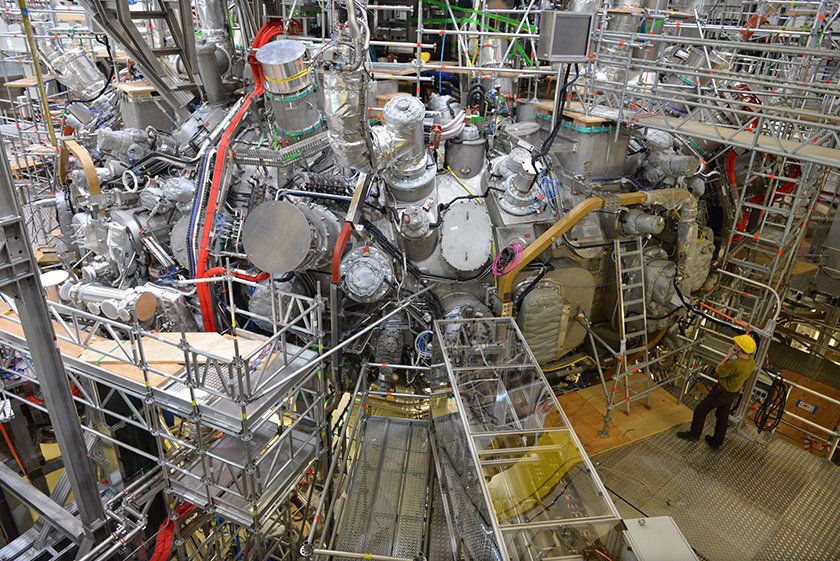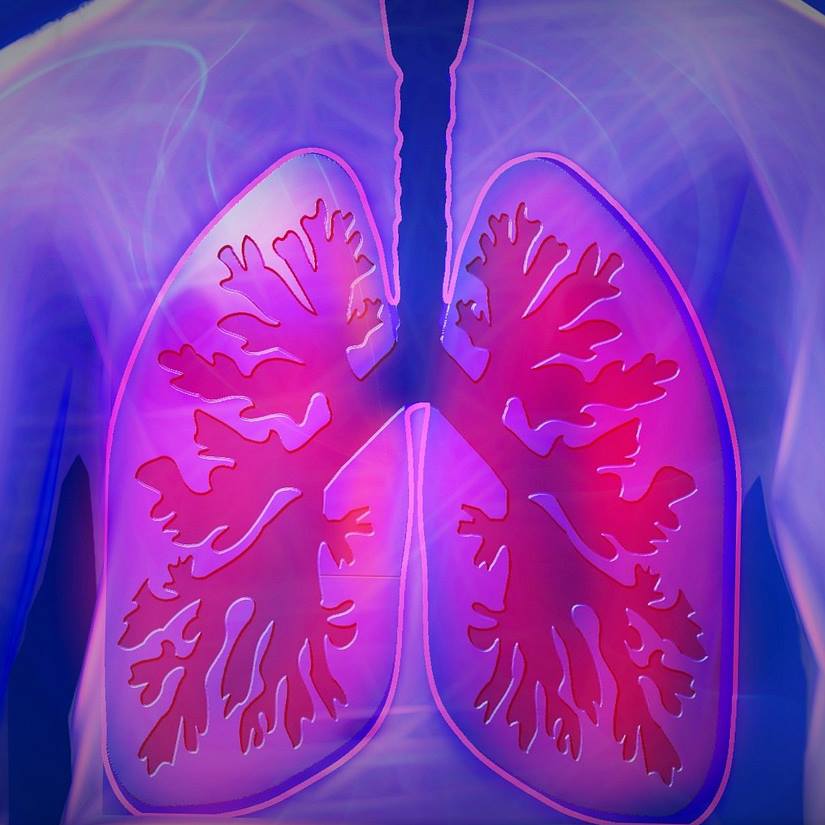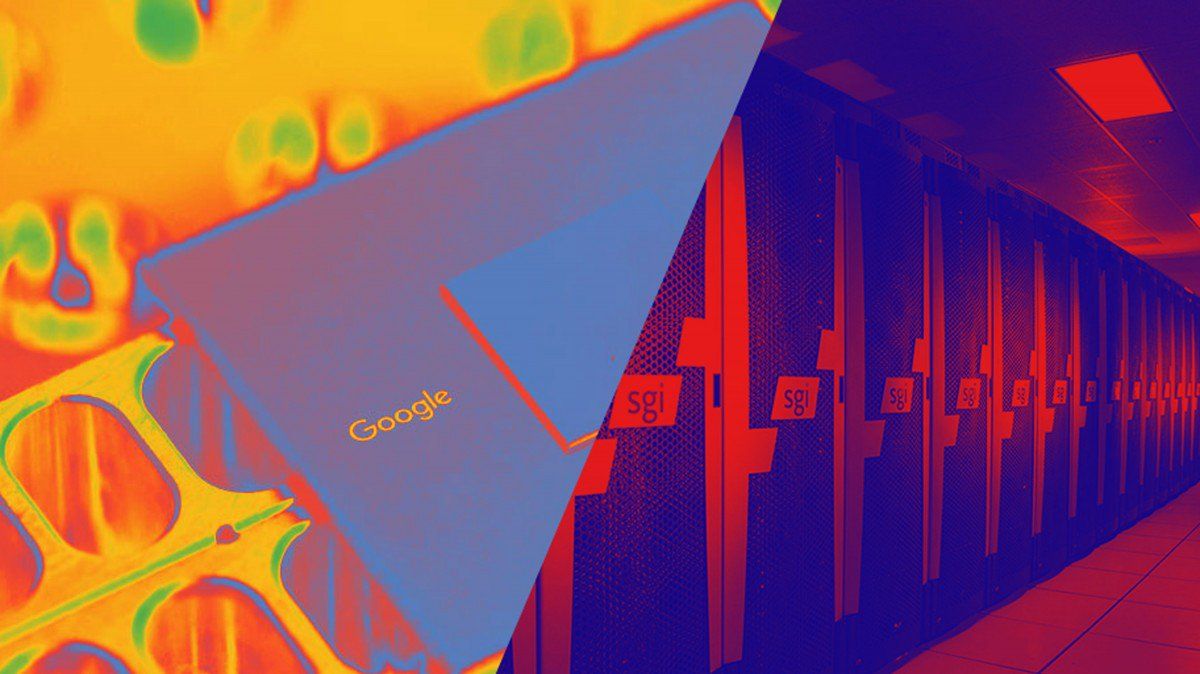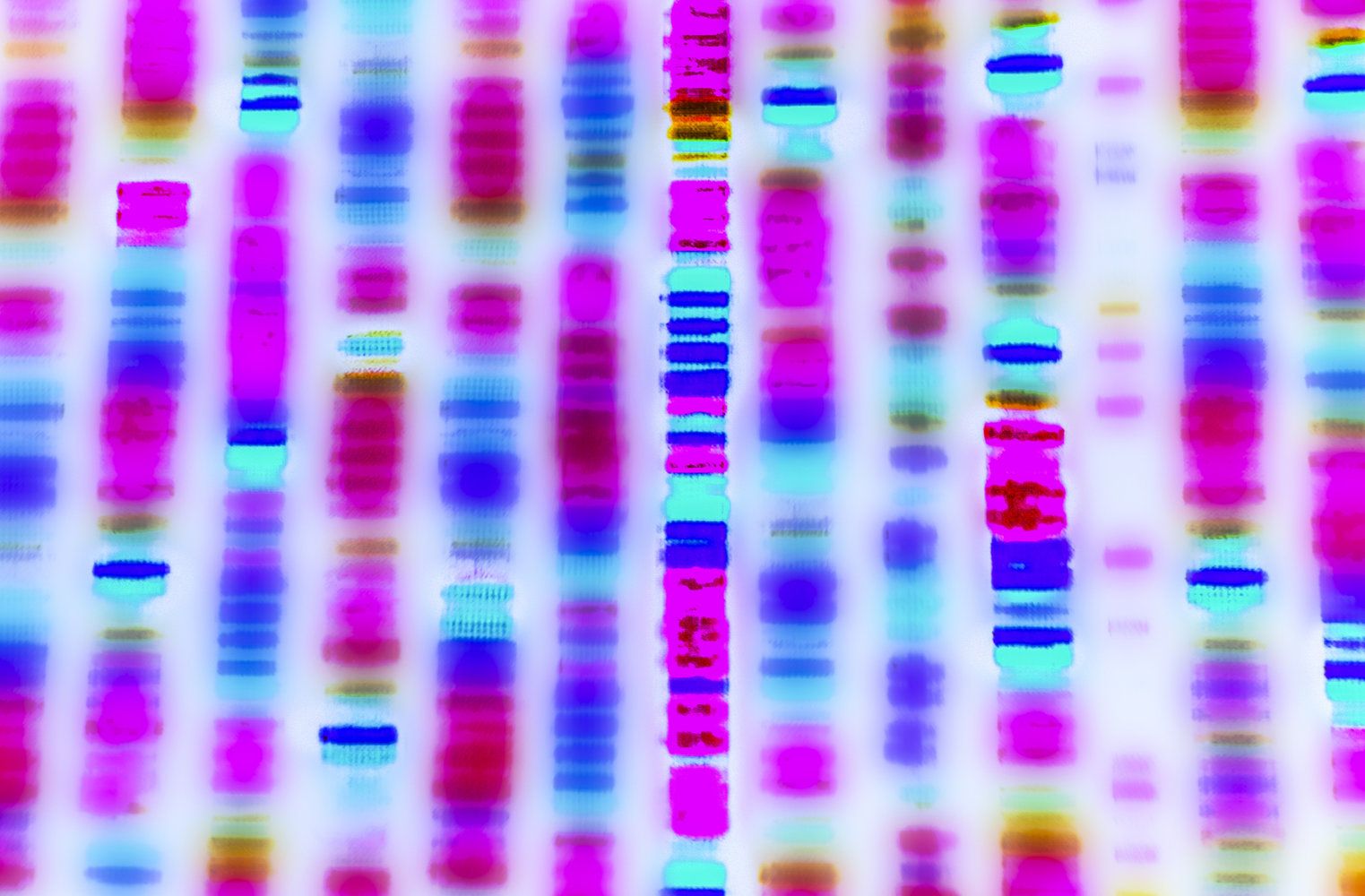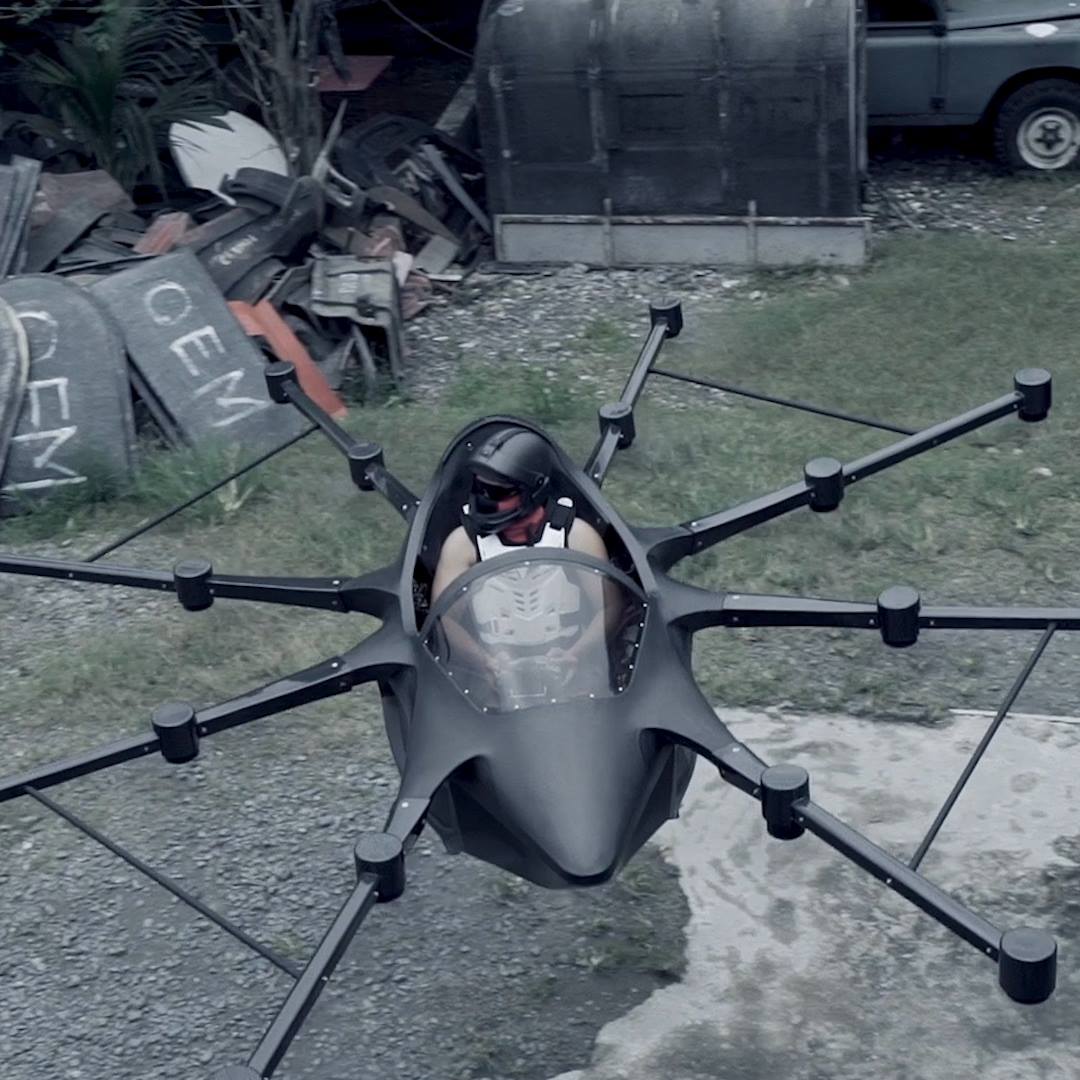Page 9725
Nov 5, 2018
Peak performance: new stellarator experiments show promising results
Posted by Genevieve Klien in category: supercomputing
Imagine building a machine so advanced and precise you need a supercomputer to help design it. That’s exactly what scientists and engineers in Germany did when building the Wendelstein 7-X experiment. The device, funded by the German federal and state governments and the European Union, is a type of fusion device called a stellarator. The new experiment’s goal is to contain a super-heated gas, called plasma, in a donut-shaped vessel using magnets that twist their way around the donut.
Nov 5, 2018
Quantum Human Biology
Posted by Cathy Miller in categories: biotech/medical, food, health, quantum physics

Expert Panel Host: Dr Brian Clement
Conference Held at Adelphi University 2013.
(A podcast version of this video is available on iTunes.)
• Brian Clement — Learn how to transform your lifestyle from toxic and self-destructive to healthful and self-affirming, and experience renewed energy and vitality that will last a lifetime.
Nov 5, 2018
Researchers Discover New Type of Lung Cell
Posted by Shailesh Prasad in category: futurism
Nov 5, 2018
Google has enlisted NASA to help it prove quantum supremacy within months
Posted by Genevieve Klien in categories: quantum physics, supercomputing
The firm will pit its Bristlecone quantum processor against a classical supercomputer early next year and see which comes out on top.
Nov 5, 2018
I Took 9 Different Commercial DNA Tests and Got 6 Different Results
Posted by Genevieve Klien in category: biotech/medical
Experts explained that the companies aren’t really doing science, so it’s not surprising that they produce different results.
Nov 5, 2018
Scientists Do Too Much Research on the Old Instead of the New
Posted by Genevieve Klien in categories: innovation, particle physics
Spending billions on a huge particle collider won’t give us the breakthrough discoveries we need.
Nov 5, 2018
Global governance must overcome ‘zeitgeist of mistrust’ to tackle world’s environmental issues
Posted by Xavier Rosseel in categories: geopolitics, governance, sustainability, treaties
Ha…which would be the bigger challenge? 🤔.
The growing mistrust and hostility towards global intuitions must be overcome if the world is to successfully tackle the environmental challenges it faces, the head of the University of Sussex’s global sustainability research centre has warned.
Professor Joseph Alcamo, Director of the Sussex Sustainability Research Programme (SSRP), said high-quality research and closer engagement with citizens around the world was needed to overcome the growing zeitgeist that viewed organisations such as the UN as meddling amid a geopolitical backdrop of cancelled treaties, neglected obligations and frozen negotiations.
Nov 5, 2018
Pilot Built His Own Personal Aircraft Based On Drone Technology
Posted by Shailesh Prasad in category: drones
Nov 5, 2018
New virus could help destroy cancer
Posted by Genevieve Klien in category: biotech/medical
A new study investigates the potential use of a virus against cancer. Researchers hope that the findings will be useful for different types of cancer.

